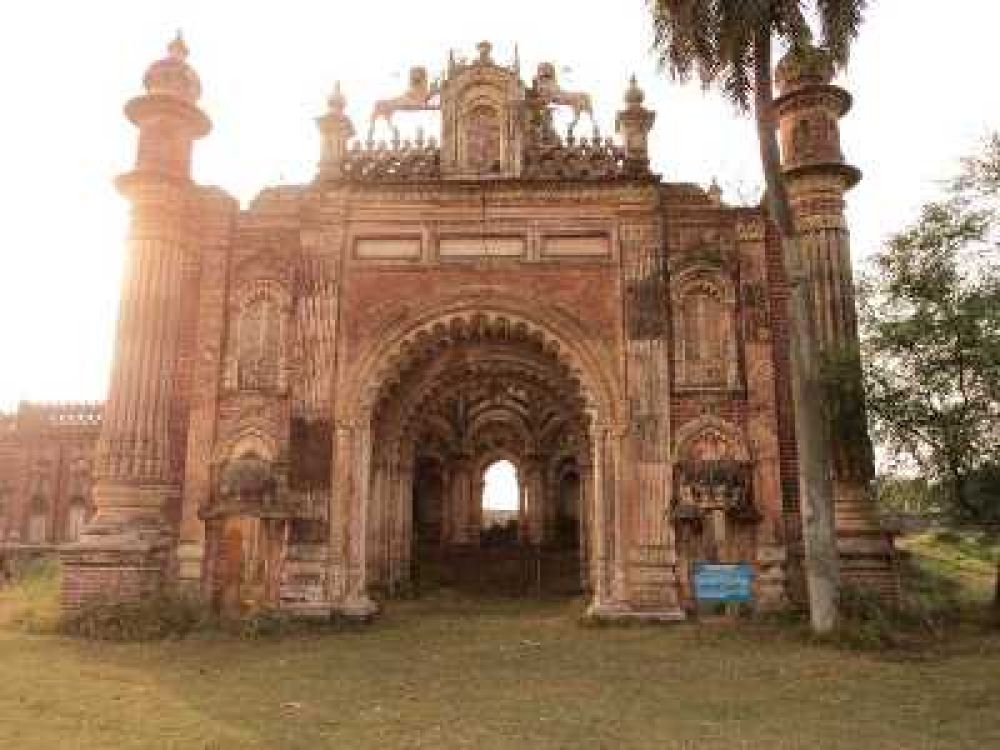

Bhawanipur Village in Madhubani, Bihar, is steeped in cultural heritage, predominantly known for its association with the renowned Madhubani art—a centuries-old folk art form symbolic of the Mithilanchal region. While this village might not have been on the mainstream tourist map traditionally, it has gradually come into the spotlight due to its rich artistic traditions.
The advent of tourism in Bhawanipur can be largely attributed to the global recognition of Madhubani paintings. These intricate works of art have lured art enthusiasts, cultural scholars, and curious travelers alike. Traditionally, the paintings were done on walls and floors of homes, but as they gained fame, the art transitioned to canvas and paper, finding its place in the global art market.
Over time, the government and various non-governmental organizations have taken initiatives to promote local artisans, organize workshops, and create awareness about the rich cultural tapestry of Bhawanipur. Events such as art fairs and exhibitions have contributed to placing Bhawanipur on the tourism map, attracting visitors interested in experiencing and learning about the local art and culture firsthand.
Nowadays, cultural and experiential tourism are at the forefront in Bhawanipur. Visitors are interested not just in viewing Madhubani paintings, but also in understanding the process, techniques, and stories behind them. Engaging with local artists and participating in workshops where they can create their own pieces has become a sought-after experience.
Moreover, sustainable and responsible tourism has become more prominent. Tourists are increasingly looking for opportunities to have a positive impact on the local economy and contribute to the preservation of cultural traditions. This includes purchasing authentic artwork directly from the artists and supporting small, local businesses during their stay.
Eco-tourism is another trend picking up in the area. With a renewed interest in the natural surroundings of the village, there's a push toward minimizing the ecological footprint of tourism. This includes the development of eco-friendly accommodations and promoting practices that conserve the environment and support local livelihoods.
For those planning a visit to Bhawanipur Village, it is advisable to plan your trip around local festivals and workshops for a more immersive experience. Local homestays and guesthouses provide accommodation that allows tourists to engage more deeply with the community.
As the infrastructure continues to develop, it is recommended to check with local tourism offices or do thorough research online for the latest updates on accommodations, transportation, and available activities. The beauty of Bhawanipur's tourism lies in its authentic, grassroots cultural encounters—something that continues to attract discerning travelers from all over the world.